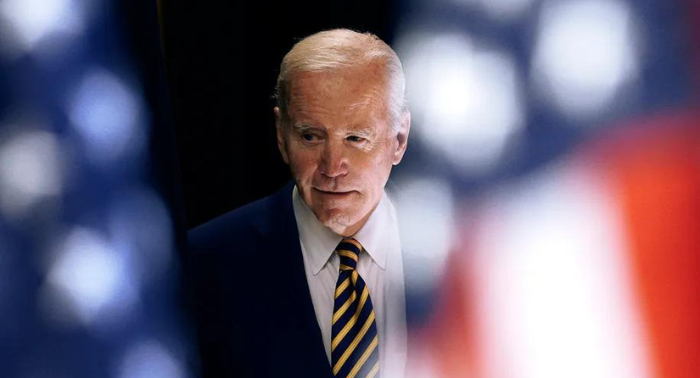Wall Street faced a severe setback, recording its worst day in several months as the momentum from a heated rally, often criticized as excessive, began to wane. On Wednesday, the S&P 500 index declined 1.4%, marking its steepest drop since April and its second consecutive loss following a 16-month high reached last week.
The Dow Jones Industrial Average shed 1%, equivalent to 348 points, while the tech-heavy Nasdaq Composite plunged 2.2%.
Market yields showed a mixed reaction after Fitch Ratings downgraded the credit rating of the U.S. government. Though the downgrade touches the foundation of the global financial system, it has stirred less commotion compared to a similar downgrade in 2011. Major concerns continue to revolve around corporate earnings and the overall economic landscape, with mixed reports fueling these anxieties.
In the wake of repeated congressional standoffs concerning potential U.S. debt default, Fitch’s action mirrors Standard & Poor’s move in 2011, which alongside a European debt crisis, contributed to worldwide market fluctuations. This latest downgrade, however, has been more subdued.
Chief economist at Annex Wealth Management, Brian Jacobsen, dismissed the downgrade’s significance, stating, “Fitch’s downgrade is much ado about nothing.” He added that a country issuing debt in its own currency makes the credit rating immaterial, emphasizing that U.S. Treasury securities remain permissible investments.
Wall Street’s primary worries center on whether the economy can dodge a widely-anticipated recession and the state of corporate profits, both of which had inconclusive reports on Wednesday.
Critics argue that investors have been overly optimistic about the economic outlook, and some analysts believe that part of Wednesday’s selling could be profit-taking from the S&P 500’s impressive 19.5% rise through July.
Despite some slowing, a report on private sector hiring indicated strength beyond expectations, potentially tempering recession fears. Yet, investors are cautious about a robust reading, which might convince the Federal Reserve of persistent inflationary pressures.
The Federal Reserve has been aggressively raising the federal funds rate to combat inflation. Although inflation has been waning since last summer’s peak, hopes were growing that the Fed might halt rate hikes and possibly reduce them next year.
Big Tech stocks, particularly sensitive to higher rates, were instrumental in dragging the market down. Microsoft, Nvidia, and Amazon dropped by at least 2.5%, weighing heavily on the S&P 500.
Generac Holdings plummeted 24.8%, one of the largest declines in the S&P 500, after reporting spring profits below expectations. SolarEdge Technologies also fell 17.9% after announcing weaker profit and revenue growth.
In contrast, companies like CVS Health and Humana, which rose 3.4% and 5.1% respectively, outperformed expectations for the quarter.
International stock markets were broadly down across Europe and Asia, reflecting caution after the U.S. credit rating downgrade. Japan’s Nikkei 225 dived 2.3%, South Korea’s Kospi declined 1.9%, and Hong Kong’s Hang Seng fell 2.5%. European markets saw somewhat milder losses, with Germany’s DAX down by 1.4%.
In the bond market, the yield on the 10-year U.S. Treasury climbed to 4.07% from 4.04% late Tuesday, influencing rates for significant loans such as mortgages. Conversely, the two-year U.S. Treasury yield dipped slightly to 4.89% from 4.91%.




